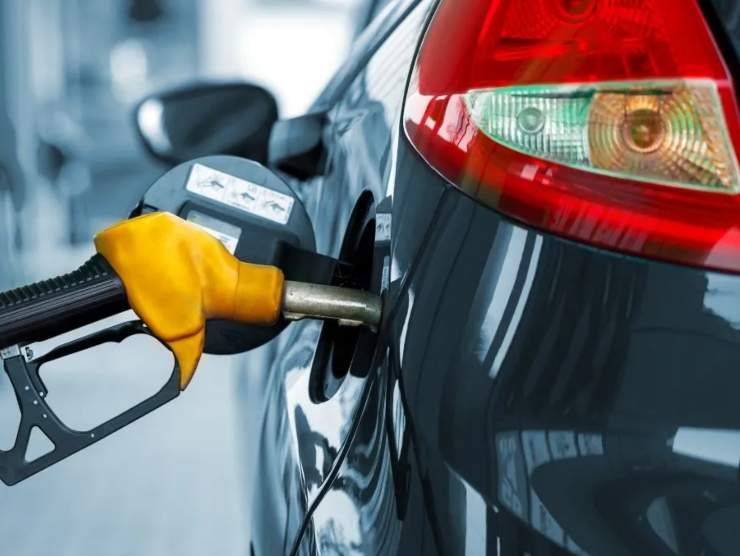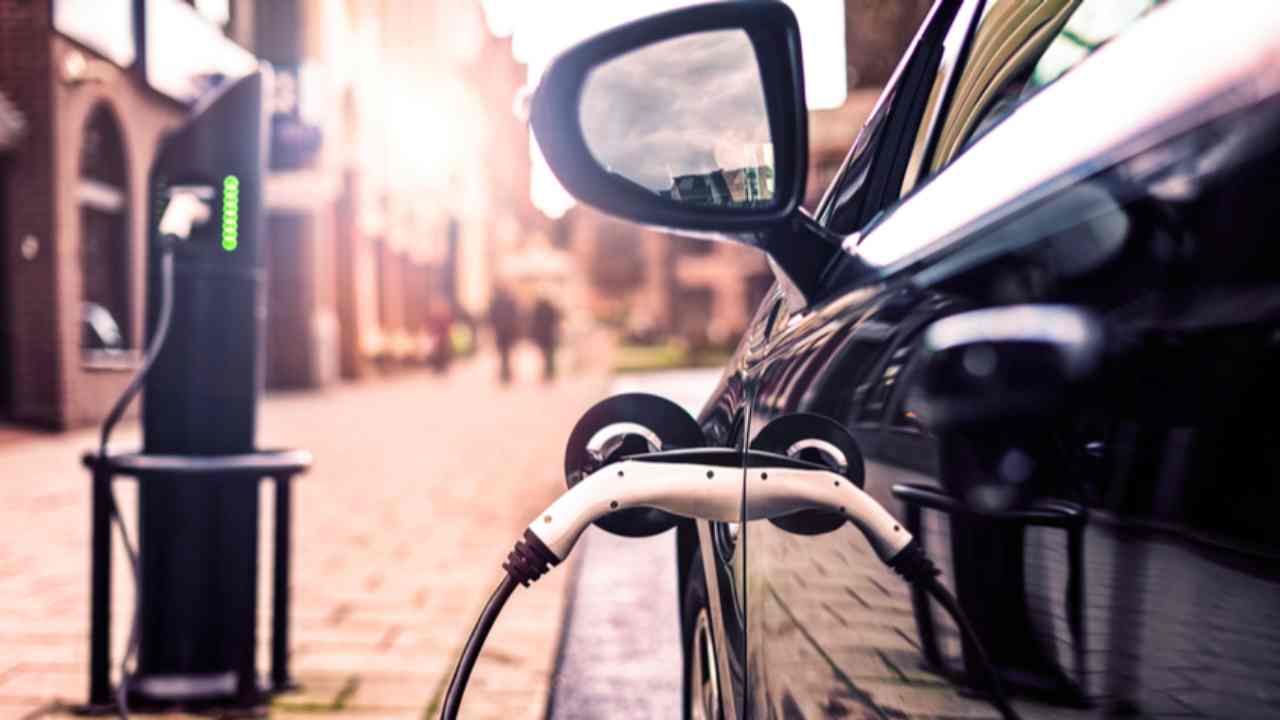Electric cars, the new advancing for motoring. But the world is still polluted, what you don’t know and you must necessarily know about it.
The automotive world, like every other sector, needs to renew itself. And in recent years it has been doing it all right, as evidenced by the constant development of the electric, which in a few years could even be the only solution for driving a car. But not many know what happens to “traditional” cars.
–
That is, those that existed before the electric one and which are slowly being reduced due to pollution. Well, apparently vehicles used by the west are exported to developing countrieswhere unfortunately they continue to make the situation of our planet very difficult.
Car pollution, shocking data
Before understanding what really happens, however, some data is needed to better understand a worrying situation. Every year, emissions from cars increase. In 2000, global carbon emissions from vehicles amounted to 2.5 gigatons. In 2018, they increased to 3.6. This is because petrol cars continue to be bought.
And in fact, in 2021 about 15 million “traditional” cars were sold in the US, in the United Kingdom 1.65. However, luckily some people are replacing this type of car with less polluting alternatives. Last year, electric vehicles accounted for 8.3% of overall light vehicle sales in the world. However, even this change of course does not seem to be enough; also because such cars do not disappear from circulation at all.
What happens to petrol cars (and more): other than sustainability
And now let’s get back to the focus of the matter. What happens to these cars? Some are scrapped, and in others (too many) they have a good chance of ending up on a cargo ship and moving somewhere – it depends on where they are sent. Western European vehicles are usually shipped to Eastern Europe. And finally, they move to Africa.
The cars discarded from North America pass to the South, the Asian ones across the continent to head to Africa as well. Between 2015 and 2020, 23 million second-hand vehicles were exported. Of these, two thirds ended up in developing countries. And so, they continue to pollute.

Also because many cars that circulate on such roads are difficult to sell outside the continent. They are, moreover, almost twenty years old. This aggravates the health of our planet, and also the problems of quality in the air in these countries.
In this way, in fact, the problem of sustainability has no solution but is only moved elsewhere. A vicious circle that does not harm Europe or the United States, but millions of other people do. Maybe the eye doesn’t see and the heart doesn’t hurt, but the Earth (and the health of all those people with very old vehicles) don’t think so at all.
—


